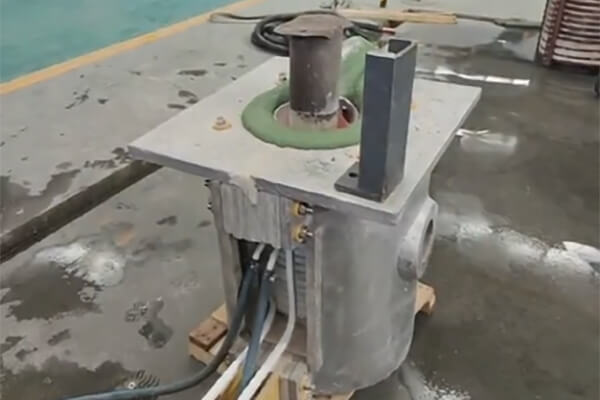Induction melting furnace

Specifically Here are some key aspects and popular science tidbits related to induction melting furnaces:
Working principle: Specifically, the primary coil, usually made of copper, therefore creates a rapidly changing magnetic field when current flows through it. This changing magnetic field temperatures induces an electric current in the metal charge, heating it through resistance. Due to the high produced, the metal eventually melts.
Main Efficiency: They can quickly reach high temperatures and precisely control the melting process, thereby reducing energy waste and shortening production cycles.
Main Versatility: These furnaces can melt a variety of metals, including iron, steel, copper, aluminum, and precious metals like gold and silver. Their versatility makes them suitable for a variety of industries, from automotive and aerospace to jewelry manufacturing and electronics manufacturing.
Main Cleaning: Although Induction melting is a cleaner process than other melting methods because it does not involve burning fossil fuels or producing harmful emissions induction melting furnace. This makes it environmentally friendly and compliant with strict air quality regulations.
Security Mainly: Specifically, Induction melting is safer for workers than other methods, such as gas furnaces, because it does not involve an open flame or combustion induction melting furnace. Therefore, the risk of accidents related to fuel leaks or explosions is significantly reduced.
Main Control and Automation: Induction melting furnaces can be equipped with advanced control systems and automation technology. This enables precise temperature control, monitoring of melting parameters and integration with other manufacturing processes for seamless production.
Application: These furnaces are used in a variety of applications including casting, forging, heat treating and materials testing. Their precise control of metallurgical processes is vital to industries where producing high-quality products is essential.
Main Scale: Specifically, Induction melting furnaces come in a variety of sizes, from small laboratory-scale units to large industrial furnaces that can melt several tons of metal per batch. This scalability makes them suitable for both research and production purposes.
Main Future trends: As technology advances, induction melting furnaces may become more efficient, environmentally friendly, and integrated with other smart manufacturing systems. Innovations in materials science and engineering will continue to improve their performance and expand their applications. Understanding the principles and applications of induction melting furnaces can provide valuable insights into modern metallurgical and manufacturing processes.
